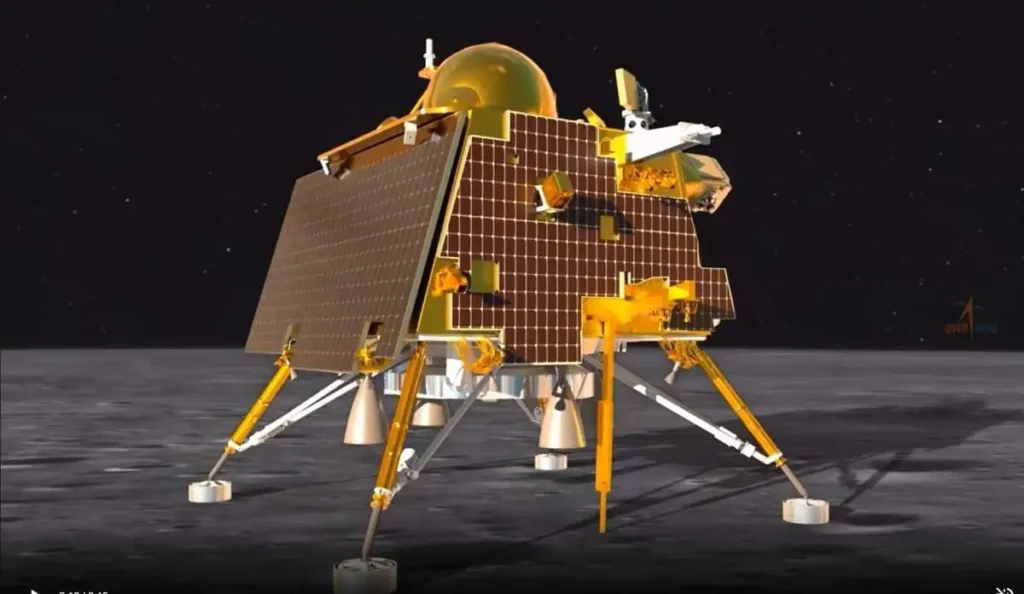
Picture credit Indiatvnews.com
Table of Contents
Chandrayaan-3 is a significant endeavor in India’s space exploration history, aimed at unraveling the mysteries of the distant cosmos.
In this article, we delve into the specifics of Chandrayaan-3, from its objectives to its progress and the significance of this project.
What is Chandrayaan-3?
It is a space exploration project by the Indian Space Research Organisation (ISRO), designed to continue the study of the Moon.
This project is part of the Chandrayaan series, which began with Chandrayaan-1 in 2008 and continued with Chandrayaan-2 in 2019.
Objectives of Chandrayaan-3:
The primary objectives of the project are to further investigate various aspects of the Moon, including the presence of water, the formation, and evolution of its surface, as well as fundamental insights into its origin and development.
Chandrayaan-3’s Lunar Landing: A Triumph of Engineering:

The successful landing on the lunar surface is a testament to the dedication and skill of ISRO’s scientists and engineers.
After meticulous planning and advancements in technology, the lander safely touched down, paving the way for groundbreaking scientific endeavors.
Unveiling Lunar Mysteries:
It’s primary objective is to unravel the Moon’s mysteries.
With advanced instruments onboard, it aims to study the lunar geology, mineral composition, and the presence of water molecules.
These findings hold the potential to reshape our understanding of the Moon’s origin and evolution.
Global Significance and Collaborative Endeavors:
The success isn’t limited to India; it’s a win for global space exploration efforts.
As countries collaborate and share data, this mission could contribute to a deeper comprehension of planetary evolution and the history of our solar system.
Future Prospects and Beyond:
The triumphant landing of the project opens the door to a multitude of future prospects.
Continued exploration of the Moon could pave the way for long-term lunar habitation, and resource utilization, and even prepare us for more ambitious interplanetary missions.
Read More Blogs by clicking here